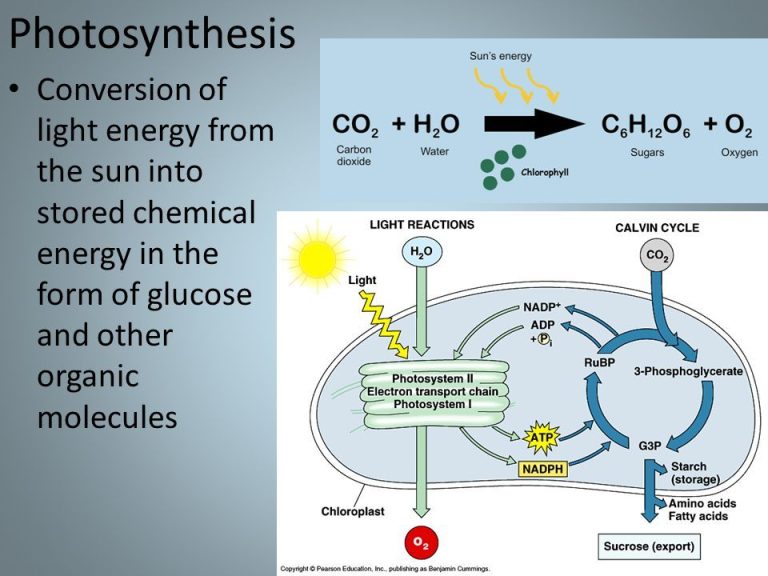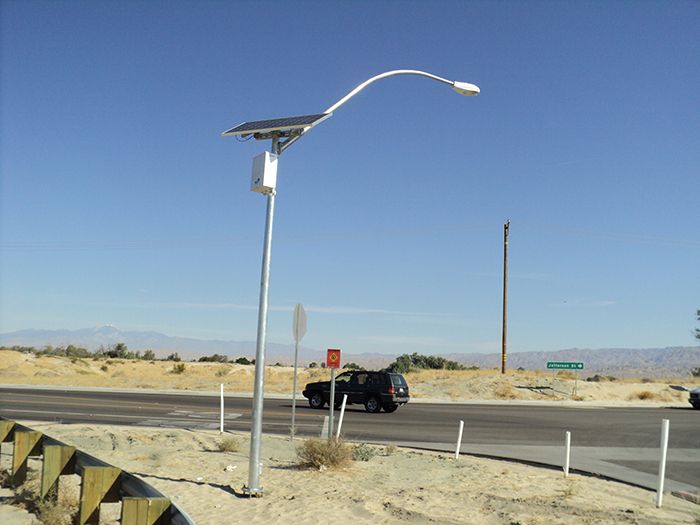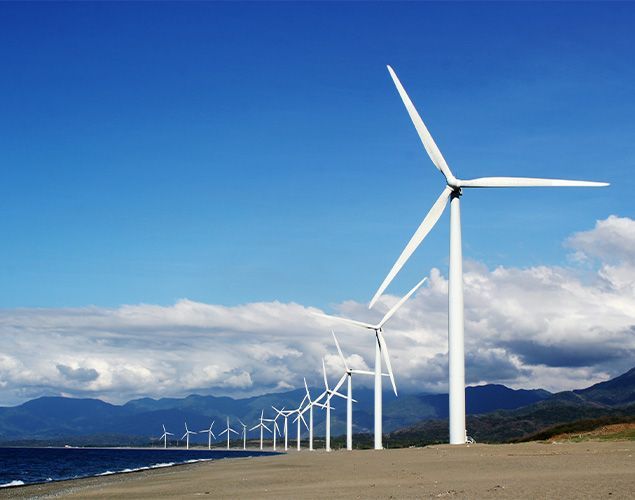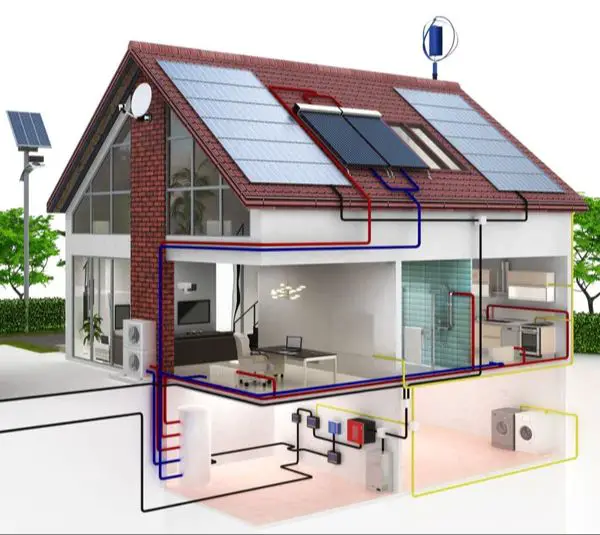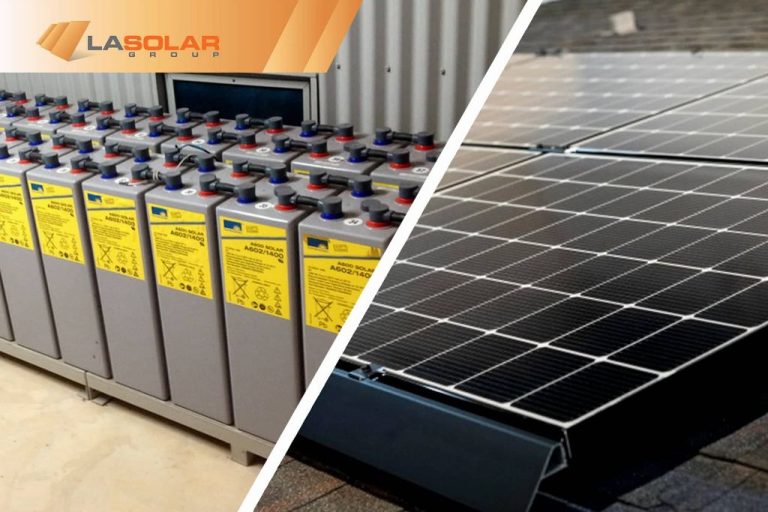Do Solar Christmas Lights Work In Winter?
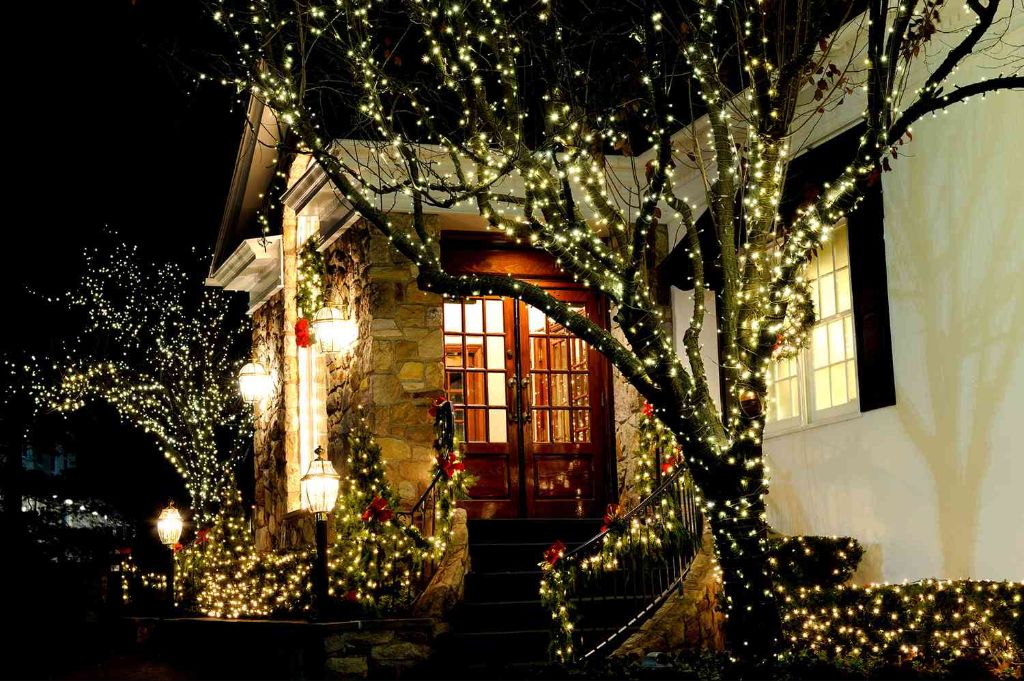
Solar Christmas lights are festive holiday lights powered by built-in solar panels instead of electricity. The solar panels convert sunlight into electricity that charges an internal battery during the daytime. At night, the battery powers LED bulbs to illuminate the lights (Source). While convenient and energy-efficient, solar Christmas lights can be impacted by winter’s shorter days and weaker sunlight. However, with some strategic setup and supplemental charging, solar Christmas lights can still work effectively to brighten up the holiday season.
How Solar Christmas Lights Work
Solar Christmas lights use small solar panels to absorb sunlight during the day and convert it into electricity to charge built-in batteries or capacitors (source: https://home.howstuffworks.com/solar-light.htm). The batteries store the electricity and power LED bulbs at night when it’s dark outside. Most solar Christmas lights have an automatic on/off switch so the lights turn on once it gets dark enough and turn off at dawn when sunlight returns.
The solar panels in solar Christmas lights are made up of photovoltaic cells that convert sunlight into direct current (DC) electricity. This charges batteries, usually nickel-cadmium or lithium-ion, that store the energy for use at night. The batteries then power LED bulbs, which are energy efficient and long-lasting. An automatic switch turns the LED lights on once the solar panels stop receiving sunlight and turns them off after the sun comes up (source: https://home.howstuffworks.com/solar-light.htm).
Why Winter Causes Problems
Colder weather and shorter days in winter can make it more difficult for solar Christmas lights to charge properly.Source The main problems that cause solar lights to struggle in winter are:
Shorter days mean less sunlight to charge batteries. In winter, there are fewer daylight hours for the solar panels to collect energy from the sun. With less direct sunlight during the day, the batteries may not fully charge.Source
Colder temperatures can drain batteries faster. Low temperatures cause the batteries to discharge faster than normal. Cold weather decreases battery performance and lifespan.Source
Snow cover blocks sunlight. Accumulated snow on the solar panels blocks access to the sun. Solar cells cannot recharge if covered by snow and debris.Source
Tips to Improve Performance
There are several tips you can follow to help your solar Christmas lights perform better during winter weather:
First, make sure to place the lights in an optimal sun location. Position them in a spot that receives direct sunlight for as much of the day as possible. South-facing areas tend to get more winter sun.
Also, remember to frequently clear snow from the solar panels. Even a light dusting of snow can block the panels from absorbing sunlight. Use a soft brush to gently wipe snow off the panels every day if needed.
It’s also best to use the lights conservatively during winter. Only have them turned on for a few hours per evening so they aren’t draining the battery as quickly. Consider using a timer to automatically turn them on and off.
Finally, consider bringing solar lights inside periodically to charge by a sunny window. Even just a few hours of direct indoor sunlight can help boost the battery if they aren’t getting enough sun exposure outdoors.
Supplemental Charging
Due to less sunlight in winter, one effective way to help solar Christmas lights charge more is to give them supplemental charging when needed. There are a couple options for providing extra power:
You can bring the lights inside and charge any backup batteries near a bright indoor light. Leaving the batteries by a sunny window or under an LED or halogen light for a few hours each day will help provide some extra power. Just make sure not to leave lithium batteries charging for more than 5-6 hours at a time.
You can also get solar lights with a built-in timer. These allow you to program the lights to only turn on during nighttime hours. This avoids wasting battery power illuminating in daylight when not needed. The timer functionality will ensure the solar panels can charge the batteries fully during the daytime before deploying them at night.
Alternative Power Sources
Solar Christmas lights rely primarily on stored solar energy to run at night, but there are ways to provide supplemental power. This can help the lights stay brighter for longer through the dark winter nights. According to Amazon’s Solar Christmas Lights page, some options include:
Plug-In Charger – Many solar Christmas light sets come with a plug-in adapter that allows you to connect the lights to an electrical outlet. Plugging the lights in for just an hour or two during the day can provide a big power boost to the internal battery. This gives the lights extra reserves to last longer into the night.
Backup Battery Pack – Higher-end solar Christmas light sets may include a secondary backup battery that you can swap out. Once one pack runs low, just swap in the charged backup battery for hours of extra illumination. Some battery packs are rechargeable via USB or plug-in, allowing you to cycle between packs.
Using a supplemental power source like a plug-in charger or spare battery pack can help solar Christmas lights shine brighter and last longer on winter nights when sunlight is scarce. Just an hour or two of charging makes a big difference.
Newer Solar Technology
Advances in solar cell and battery technology have greatly improved the viability of solar Christmas lights in winter. Newer solar cells utilizing advanced materials and nanostructures can absorb sunlight more efficiently. This allows the cells to generate more electricity from the limited winter sunlight. Additionally, new lithium-ion batteries used in many modern solar lights have higher energy densities and better cold temperature performance compared to older battery chemistries.
With these technological improvements, some modern solar Christmas light sets are able to reliably charge and operate even with the reduced daylight hours and weaker sun of winter. When shopping for solar lights designed to work in cold weather, look for products that specifically mention higher efficiency solar cells and lithium-ion batteries. The packaging or product description from the manufacturer should highlight these features if the lights are optimized for winter use.
Light Placement
The placement of solar lights can have a significant impact on their performance in winter. Ideally, solar lights should be placed in areas that receive the most sunlight and are less prone to snow coverage.
South-facing locations are optimal for solar lights in winter, as these areas receive the most direct sun exposure throughout the day. North-facing areas often lie in shadow and get much less winter light. East and west can work, with east being slightly preferable as solar lights charge early to provide evening illumination.
Additionally, placing solar lights under eaves or covered areas helps protect them from snow accumulation that can block sunlight from reaching the solar panel. The key is to mount the lights in a spot where the panels remain uncovered, about 1 foot beneath typical snowfall levels in your climate. This allows the panels to capture sunlight even after snowstorms.
By considering both sun exposure and snow protection, you can identify suitable solar light placements to maximize winter solar charging. Careful placement in fall helps ensure your solar lights will shine brightly through the winter nights.
Types of Lights
Solar Christmas lights come in a wide variety of shapes, sizes, and colors. Two main factors to consider are the light size and whether they are single or multicolor.
Mini Lights vs Larger Bulbs
Mini lights are very small bulb sizes, typically around 5mm wide. They are commonly used to string along gutters, fences, railing, and wrapped around bushes and trees. The small size allows them to be shaped and contoured easily. However, the light output of each individual bulb is relatively low.
Larger bulbs, around 10-25mm wide, are better for clearly illuminating larger areas and objects. The greater surface area provides more light output. But they are less flexible in terms of wrapping and shaping.
Multicolor vs Single Color
Multicolor solar lights can cycle through a pre-programmed range of colors and patterns. This creates a more visually dynamic display. However, because each LED needs to be specifically lit to produce a certain color, they may be slightly less energy efficient than single color LED lights.
Single color lights only emit one color, most commonly solid white. They provide high brightness and efficiency. But the visual display is less lively. Single color lights work well for providing strong general illumination.
Consider both the lighting application and visual appeal when choosing between mini or large, and multicolor or single color solar Christmas lights.
Conclusion
In summary, solar Christmas lights can work in winter but have some limitations. The shorter days and weaker sun during winter means solar panels receive less charging energy. However, there are tips to optimize their performance such as placing lights in optimal sun exposure, supplementally charging the batteries, using newer solar technology optimized for winter, and choosing the right types of lights.
With proper placement and some supplemental charging, solar Christmas lights can successfully illuminate through winter. Just keep in mind their limitations compared to summer and manage expectations accordingly. Focus lights in key areas rather than trying to decorate an entire house. Finally, newer solar technology is improving winter efficiency each year, so continue to check for better options.

